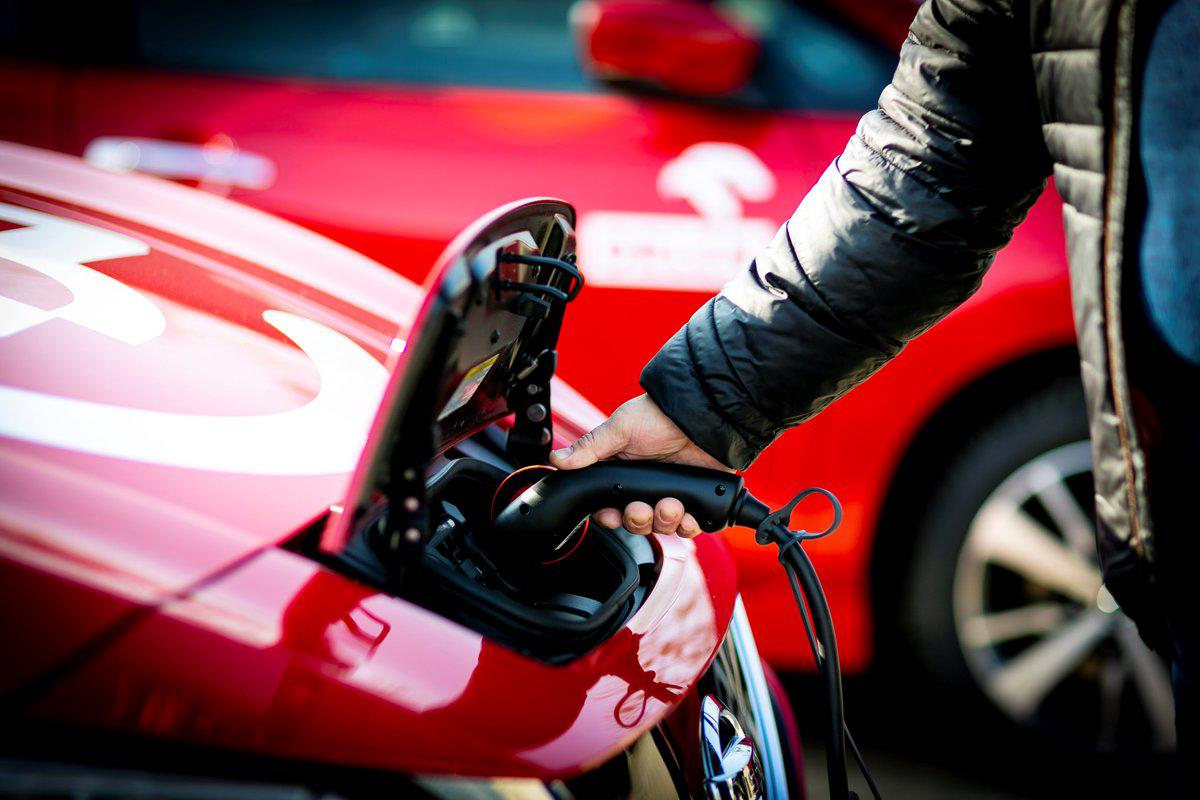According to estimates by the Jagiellonian Institute (JI), the Polish electric car sales market will grow by PLN 11 billion per year over the next four years, followed by an annual growth of PLN 20 billion and PLN 32 billion in the periods 2025-2030 and 2030-2040, respectively. Cumulatively, this means around PLN 464 billion. Despite Poland’s promising prospects and high competence in the production of lithium-ion batteries, e-buses and chargers, the share of domestic production of complete cars in the sectoral value chain remains small.
The scale of investments in the field of electromobility in Poland is currently at approx. EUR 4.4 billion, most of which goes to the production of batteries or other components for electric vehicles. However, it looks like the complete e-cars industry will eventually emerge.
Amount-wise, the BEV (Battery Electric Vehicles, i.e. fully electric vehicles without a diesel engine – ed.) production plans are one of the highest investments announced in Poland in recent years. The investment in the Izera project implemented by ElectroMobility Poland is approx. EUR 400 million, and the estimated investment of the Stellantis concern related to the production of the Jeep Avenger is approx. EUR 170 million (with a target amount of approx. 430 million). Stellantis started production in Tychy in January 2023. The Izera project is to start churning cars at the factory in Jaworzno at the end of December 2025.
„Poland occupies an advantageous position when it comes to the production of batteries, e-buses and chargers. In the dynamically developing e-mobility sector, which out of the current 1.4 percent may account for approx. 2.6-4 percent of GDP already in 2030, and in 2040 for 3.9-5.2 percent, our country also has a chance to become a production hub for electric vehicles,” predicted Marcin Roszkowski, President of the Jagiellonian Institute.
Electromobility and the energy system
When developing electromobility, it is also necessary to analyse the impact of electric vehicles on the National Power System (NPS), and to coordinate the energy transition process in order to ensure low – carbon generation capacity on the one hand, and the development of new technical solutions to manage the safe operation of the system and the integration of distributed energy resources such as electric vehicles, rooftop photovoltaic or domestic storage facilities on the other.
Regarding the relationship between electromobility and the electricity sector, the forecasts of Polskie Sieci Energeyczne (PSE – Poland’s grid operator – ed.) indicate that the levels of daily and hourly power demand, as well as the estimated value of the annual electricity demand from the electromobility sector, should not represent a significant burden for the National Power System. It should be noted that in the face of the power plants decomissioning plans by PSE, there is a risk of energy shortages at approx. 5.1 TWh in 2032 across the entire NPS. However, this risk is the result of systemic conditions, assuming – in addition to the development of electromobility – an organic increase in the demand for power and energy (also due to new types of consumers, including heat pumps), while at the same time a high volume of withdrawals of existing coal-fired generation capacity due to age or technical condition.
„Given the challenges of the energy transition, it is worth pointing out that the use of distributed electric car batteries as an aggregate energy storage can be a cost-competitive solution compared to large-scale battery storage supporting the operation of the NPS. This is due to, among others, the fact that capital expenditures for the acquisition of storage capacity are borne by many dispersed users of the system-already in the purchase price of the car. This reduces the need for the investor to incur high investment costs for a centralized, large – scale energy storage facility,” explained Kamil Moskwik.
However, experts at the Jagiellonian Institute point out that the use of distributed electric vehicle batteries to support the electricity system is still not widespread. This is primarily a question of technical challenges that still need to be solved, including those related to the impact of BEVs on network parameters or cybersecurity.
Source: Jagiellonian Institute









